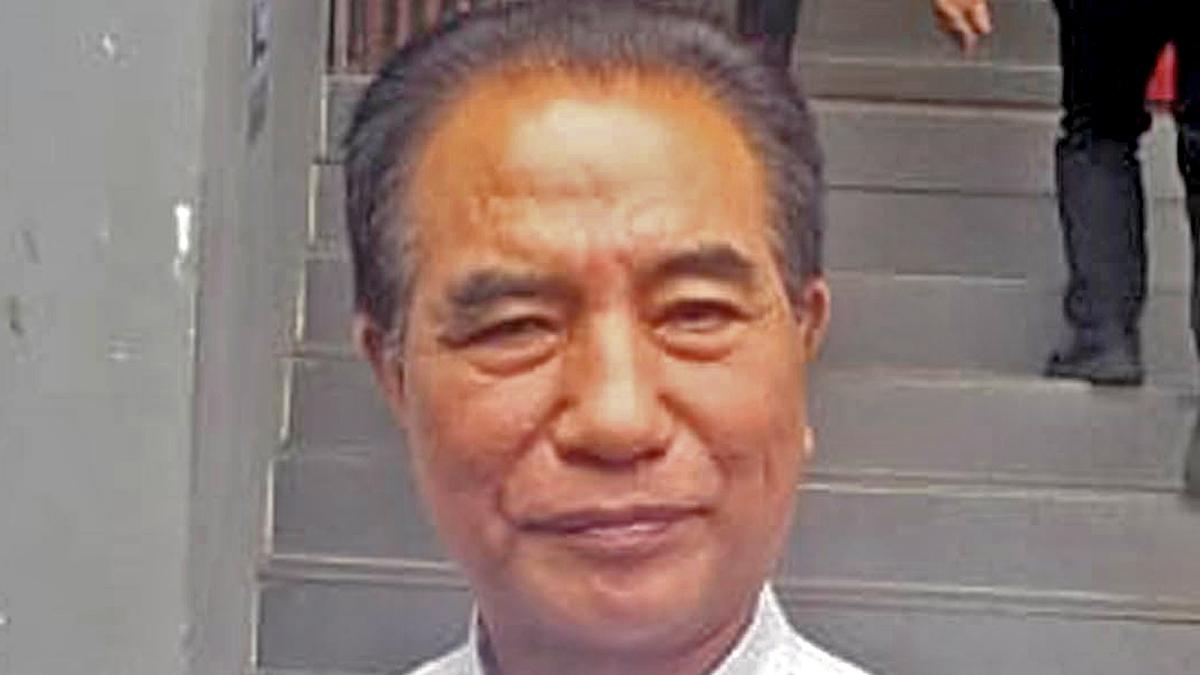Two months ago, Mizoram Chief Minister Pu Lalduhoma visited the U.S. to attend events organised by the Mizo community there. Before his travel, he sought and received official permission from the Government of India, making it a recognised, sanctioned tour. During his time in the U.S., he participated in numerous functions, delivered speeches in multiple venues and gave interviews.
A short video clip of his remarks went viral after he had returned to Mizoram, and accusations surfaced that his speech was anti-national, allegedly promoting Mizo separatism. Just days ago, Republic TV hosted a debate on this topic, moderated by Arnab Goswami. However, Mr. Goswami’s conduct was criticised as biased; he often interrupted speakers, disregarding Mizoram’s perspective. As a media professional, his approach should have been impartial.
Who are the Mizo?
The Mizo people, historically known as Lushai, Kuki, and Chin, have long shared cultural and ethnic ties. Though British colonisers referred to them as “Lushai” in Mizoram, “Chin” in Myanmar, and “Kuki” in Manipur, the community largely identifies with the term “Zo.” Most Mizo people are spread across three nations: India, Myanmar, and Bangladesh. The British colonial policy divided the Mizo, enforcing the “divide and rule” strategy to diminish unity. Yet, Mizo people, whether in India, Myanmar, Bangladesh, the U.S., or Israel, are widely regarded as peace-loving.
The Mizo and their commitment to faithfulness
Mizo people hold that political borders are merely administrative and should not disrupt the kinship and cultural bonds between communities separated by these boundaries. Historically, the Mizo have honoured agreements. For example, during colonial times, the Mizo faithfully upheld agreements with the British. In 1959, Mizoram faced a severe famine, and inadequate responses from the Assam Government led to widespread suffering. This neglect partly fuelled the Mizo National Front’s (MNF) call for independence. However, after years of unrest, the Indian Government and the MNF signed a peace accord in 1986, transforming Mizoram into one of India’s most peaceful and contented States.
How Mizoram became part of India
In 1946, Mizoram’s British superintendent, McDonald, encouraged the establishment of the Mizo Union, the first political party, to help the Mizo people gain political awareness. When India gained independence in 1947, Indian leaders, including Gopinath Bordoloi, invited Mizoram to join the Union of India, presenting it as the best option. Mizo leaders willingly accepted, declining options such as joining Burma or seeking independence. Mizoram thus became a part of India by choice, and Mizo people have since proudly embraced their Indian identity.
The Chief Minister’s vision
Chief Minister Lalduhoma stated that the Mizo people cannot accept the colonial-era divisions imposed by British boundaries. He spoke about the challenges of living as a community divided by historical boundaries, and the Mizo are still divided among three countries. He voiced a dream: for all Mizo people to live united within one nation, under one government — inside India’s borders. Mr. Lalduhoma, a former IPS officer, remains loyal to India, envisioning a united Mizoram within the Indian framework. Greater Mizoram, as he describes it, aligns with the idea of a stronger India, as Mizo people are committed Indians.
Mizo nationalism
The term “Mizo nationalism” frequently arises in political discussions, often signifying love for Mizoram and its people. As a small Indian State, Mizoram’s nationalism does not imply a desire for secession but rather serves as a reminder for cultural pride and identity. In his speeches, Mr. Lalduhoma encouraged Mizo people around the world to preserve their traditions, culture, and values. He underscored that Mizo people can maintain their identity across borders, just as Punjabis abroad uphold their Punjabi identity.
The Mizo community, despite their separation, remains united. They show solidarity, particularly during times of hardship, and continue to support Mizo refugees and internally displaced persons from neighbouring countries and States. Mr. Lalduhoma acknowledged the Central Government’s role in providing assistance for these humanitarian efforts, recognising India as a nation of compassion.
Conclusion
Chief Minister Lalduhoma’s call for Mizo unity is an appeal to preserve cultural roots and solidarity without challenging India’s sovereignty. As a people united by faith, values, and history, the Mizo can foster a stronger, more cohesive identity within the framework of Indian unity. By advocating for peace, integrity, and mutual support, the Mizo community can strengthen itself across borders without altering geographical boundaries. India’s secular foundation provides a space for the Mizo people to live out their values, remain loyal citizens, and support one another.
(David Lalrinchhana is Asst. Professor in Government Johnson College, Aizawl, Mizoram)
Published – November 10, 2024 12:54 pm IST

